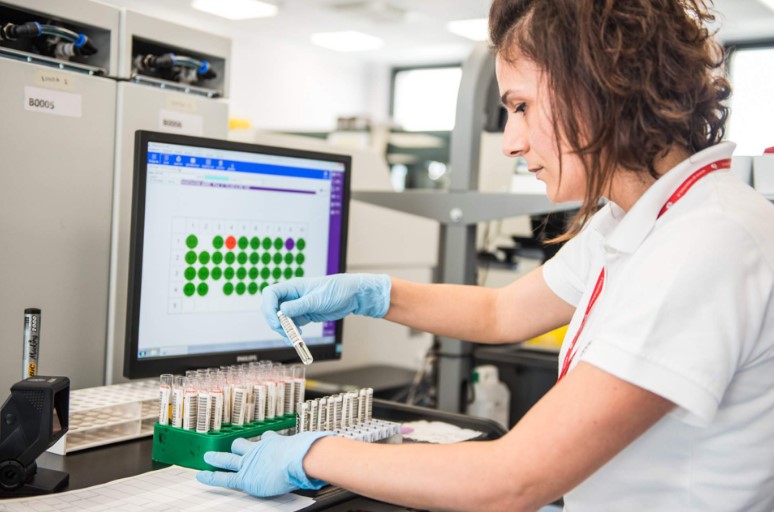Blood glucose curve: measurement levels

Blood glucose curve: measurement levels.
Not everyone knows how the glycemic curve works, in this article we will talk about it to understand what it concerns.
The blood sugar curve is a measure of the effect of a certain food on blood sugar levels. You measure the amount of sugar in your blood before and after eating certain food and plot a curve based on the results. A higher blood sugar curve means that a certain food causes higher blood sugar levels to rise.
There are several methods for measuring the glycemic curve of a food. One of the most common is the glucose load test . It is done by giving a certain amount of glucose and measuring the blood sugar level every 15 to 30 minutes over a period of 2 to 3 hours. The results of this test are then displayed in a blood glucose curve.
Another common measure is the insulin load test . In this case, the amount of insulin in the blood is measured before and after the intake of a certain food. The blood glucose curve is then plotted based on the results.
The glucose curve is an important tool for managing blood sugar . Doctors can use the results of blood glucose measurements to help patients make more informed decisions about what to eat. For example, a person with diabetes may choose foods with a low glycemic curve to maintain blood sugar control.
In general, foods with a higher glycemic curve have a quicker impact on blood sugar levels . These foods can include carbohydrate-rich foods such as white bread, pasta, potatoes, white rice, and sweets. Conversely, foods with a lower glycemic curve have a slower impact on blood sugar levels. These foods can include fruits, vegetables, legumes, nuts and whole grains.
To conclude, the glucose curve is an important tool for managing blood glucose. Measuring the blood sugar curve of a particular food is an effective way to help people make more informed decisions about what to eat.



